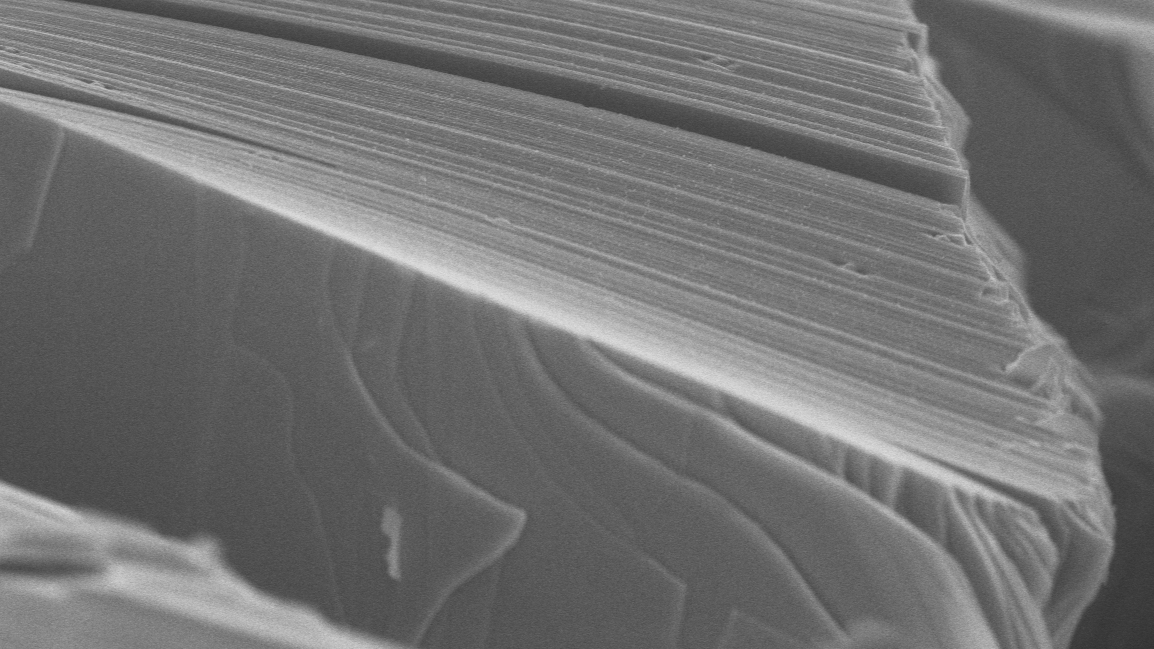By Scott Lyon

Commercial solar cells’ future rests on engineers’ ability to create highly efficient, low-cost and durable systems. A new study published November 25 in the journal Science, with key contributions from Princeton researchers, describes near-record efficiency in an emerging class of low-cost solar cells while doubling device stability over time. Using materials known as perovskites, the team developed an ultra-thin layer, only a few nanometers thick, that caps the absorption layer. This capping layer protects the underlying absorption layers from stress and moves electronic charge at rates that far outstrip previous designs. This innovation can also dramatically improve perovskite solar cell durability.
Silicon systems currently dominate the commercial solar cell landscape because they are efficient and durable. But production of silicon solar cells is energy intensive. Perovskite solar cells produced from inks at ambient temperatures could lower energy intensity for manufacturing future solar cells, as well as financial costs associated with solar cell production. While the efficiency of the new perovskite device approaches top-notch silicon equivalents (around 25 percent, compared with around 26 percent for silicon), silicon solar cells last more than 100 times longer, according to the researchers. If scientists can solve the long-term stability of perovskite systems, these new types of solar cells could – like silicon – become ubiquitous in everyday life.
The work was led by scientists at the National Renewable Energy Laboratory. The Princeton team included Lynn Loo, Theodora D. ’78 and William H. Walton III ’74 Professor in Engineering, and Xiaoming Zhao, a postdoctoral researcher in the Department of Chemical and Biological Engineering, who tested and quantified how charge moved between the perovskite layers.
For more on this development, read the full story from NREL.